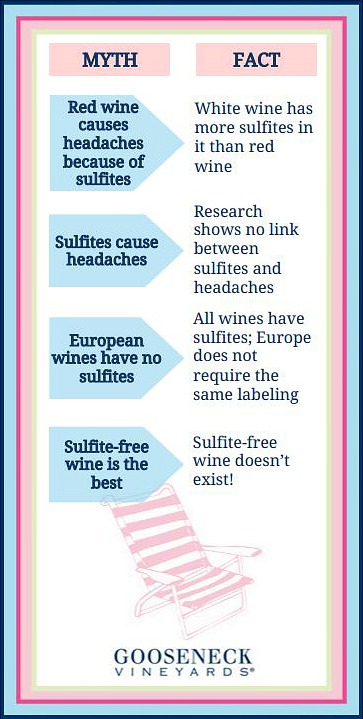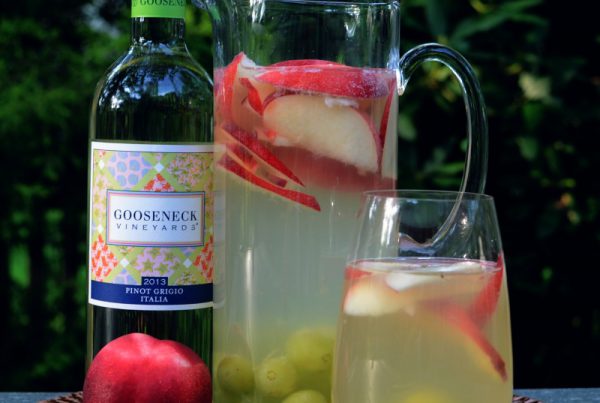
Imagine a delicious dinner with your family. Pot roast, homemade biscuits, a Gooseneck malbec, a sinful dessert. What do you do with the leftover wine? Some of you will gladly drink it in one or two glasses. While others might pop a cork stopper to save it for another night. Besides, it will still be good in a few days, right?
Believe it or not, your robust and wonderful malbec would become vinegar if it weren’t for the sulfites. Sulfur is an antioxidant and anti-microbial that prevents spoilage and browning in food and wine. Sulfites help wine from oxidizing, allowing us to enjoy its full flavor potential.
Sulfites didn’t magically appear one day. They’ve been around for a long, long time, dating back to the days when Egypt reigned supreme. What many people don’t know is that most wines today have the lowest amount of sulfites than ever before. The legal sulfite limit is 350 ppm. However, most wines today only have 25-150 ppm. Thank you, modern technology, for making that possible!
Here Are Some Fun Sulfite Facts:
- There are more sulfites in white wine than red wine.
- 2 oz of dried apricots have TEN TIMES more sulfites than 1 glass of wine.
- Every wine has sulfites. This also includes bottles that read “no sulfites added.” All grapes naturally create sulfites as a result of the fermentation process.
- According to the FDA, only about .4% of the population is highly allergic to sulfites. However, there are people (mainly asthmatics) who are “slightly sensitive” to sulfites.
- If you’re sensitive to sulfites, wine might not be the only thing causing you headaches. Other possible food culprits: shrimp, maple syrup, pie crusts, and many more.
- If you think you might be “sensitive” to sulfites, you can test it out by eating some dried fruit. If you don’t get a headache, then it’s not the sulfites.



